Consolidated / Convair
Convair C-131 Samaritan
 |
|
| General information | |
|---|---|
| Type | Military transport |
| Manufacturer | Convair |
| Primary users | United States Air ForceUnited States Navy United States Marine Corps United States Coast Guard |
| Number built | 512 |
| History | |
| Introduction date | 1950 |
| First flight | 22 September 1949 |
| Retired | 1990 |
| Developed from | Convair CV-240 |
| Variants | NC-131H TIFS |
.
History Consolidated / Vultee - Convair
Convair C-131 Samaritan
First flight 1970
Introduction 1971, Produced Late 1960s
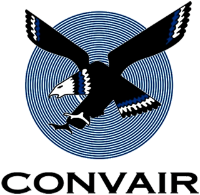
The design began life in a production requirement by American Airlines for a pressurized airliner to replace the Douglas DC-3. Convair's original design had two engines and 40 seats, and thus it was designated the CV-240. The first CV-240 flew on March 16, 1947, and production aircraft were first delivered to American on February 28, 1948. Seventy-five were delivered to American, with another fifty going to Western Airlines, Continental Airlines, Pan American Airways, KLM, Sabena, Swissair and Trans Australia Airlines
The design began life in a production requirement by American Airlines for a pressurized airliner to replace the Douglas DC-3. Convair's original design had two engines and 40 seats, and thus it was designated the CV-240. The first CV-240 flew on March 16, 1947, and production aircraft were first delivered to American on February 28, 1948. Seventy-five were delivered to American, with another fifty going to Western Airlines, Continental Airlines, Pan American Airways, KLM, Sabena, Swissair and Trans Australia Airlines
Operational history

The CV-240/340/440 series was used by the United States Air Force (USAF) for medical evacuation and VIP transport and was designated as C-131 Samaritan. The first model Samaritan, the C-131A, was derived from the CV-240 model, and was delivered to the USAF in 1954.
The initial trainer model, designated the T-29, was also based on the Convair CV-240 and was used to instruct USAF navigators for all USAF aircraft and United States Navy (USN) Naval Flight Officers (NFOs) selected to fly land-based aircraft. The first deliveries to the USAF were made in 1950 followed by large production quantities until early 1955. The USAF and the USN operated T-29s in separate units at separate locations until 1976. In 1974, the USAF T-29s with the 323d Flying Training Wing (323 FTW) at Mather AFB, California began to be replaced by the Boeing 737-derived T-43. In 1975, the Navy retired all of its T-29s assigned to Training Squadron Twenty-Nine (VT-29) at NAS Corpus Christi, Texas, deactivated VT-29, and merged their advanced navigator training program for land-based NFOs with the Air Force's program at Mather AFB
0
KmCeiling
0
KmCombat RANGE
0
Km/hAircraft Speed
0
Max Crew
Photo Gallery
Consolidated / Vultee - Convair
Convair C-131 Samaritan


Consolidated / Vultee - Convair
Convair C-131 Samaritan
General characteristics
- Crew: four
- Capacity: 48 passengers
- Length: 79 ft 2 in (24.14 m)
- Wingspan: 105 ft 4 in (32.11 m)
- Height: 28 ft 2 in (8.59 m)
Powerplant
- Wing area: 920 sq ft (85.5 m2)
- Empty weight: 29,248 lb (13,294 kg)
- Max takeoff weight: 47,000 lb (21,363 kg)
- Powerplant: 2 × Pratt & Whitney R-2800-99 "Double Wasp" 18 cylinder air cooled radial engines, 2,500 hp (1,865 kW) each
Specifications
- Maximum speed: 293 mph (472 km/h
- Cruise speed: 254 mph (409 km/h,
- Range: 450 mi (725 km, 391 nmi)
- Service ceiling: 24,500 ft (7,470 m)
- Rate of climb: 1,410 ft/min (7.2 m/s)
Armament
-
Related development
Aircraft of comparable role, configuration, and era
Links to Youtube & Others
A Samaritan was the first aircraft used as a flying gunship testbed in mid-1963, in a program known as "Project Tailchaser".[10] A C-131B (AF Ser. No. 53-7820) was given a gunsight for the side window, but instead of guns it had cameras in the cargo area.
Convair C-131 Samaritan
n 1959, a C-131 was the first aircraft to be used as a reduced-gravity aircraft or 'vomit comet', for astronaut training as part of Project Mercury
Youtube Link
n 1959, a C-131 was the first aircraft to be used as a reduced-gravity aircraft or 'vomit comet', for astronaut training as part of Project Mercury

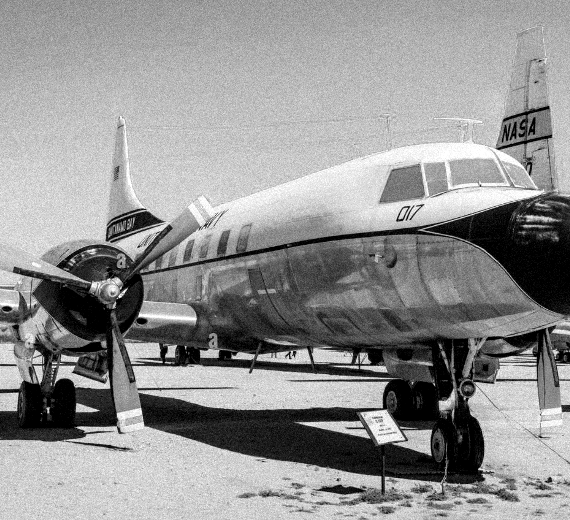

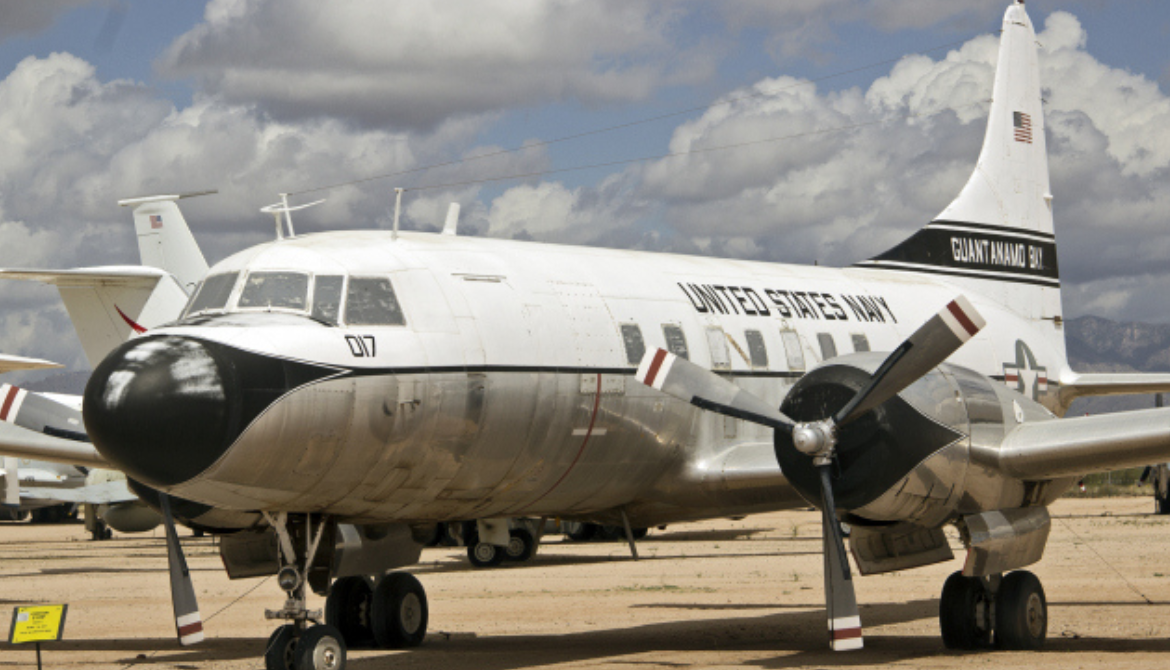

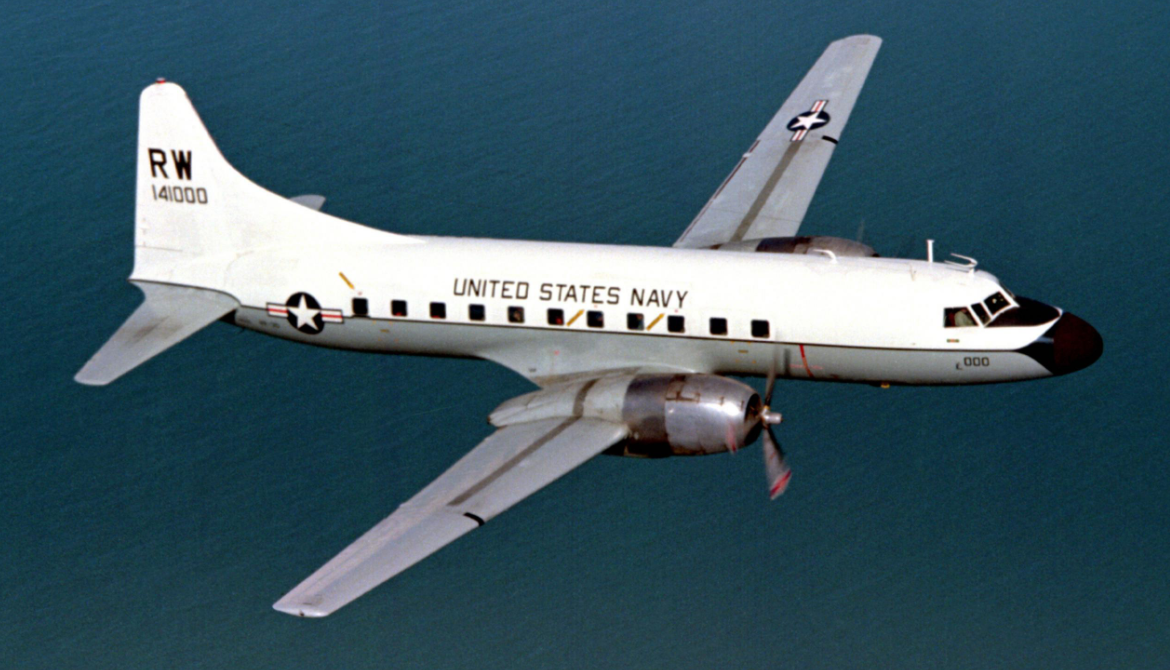
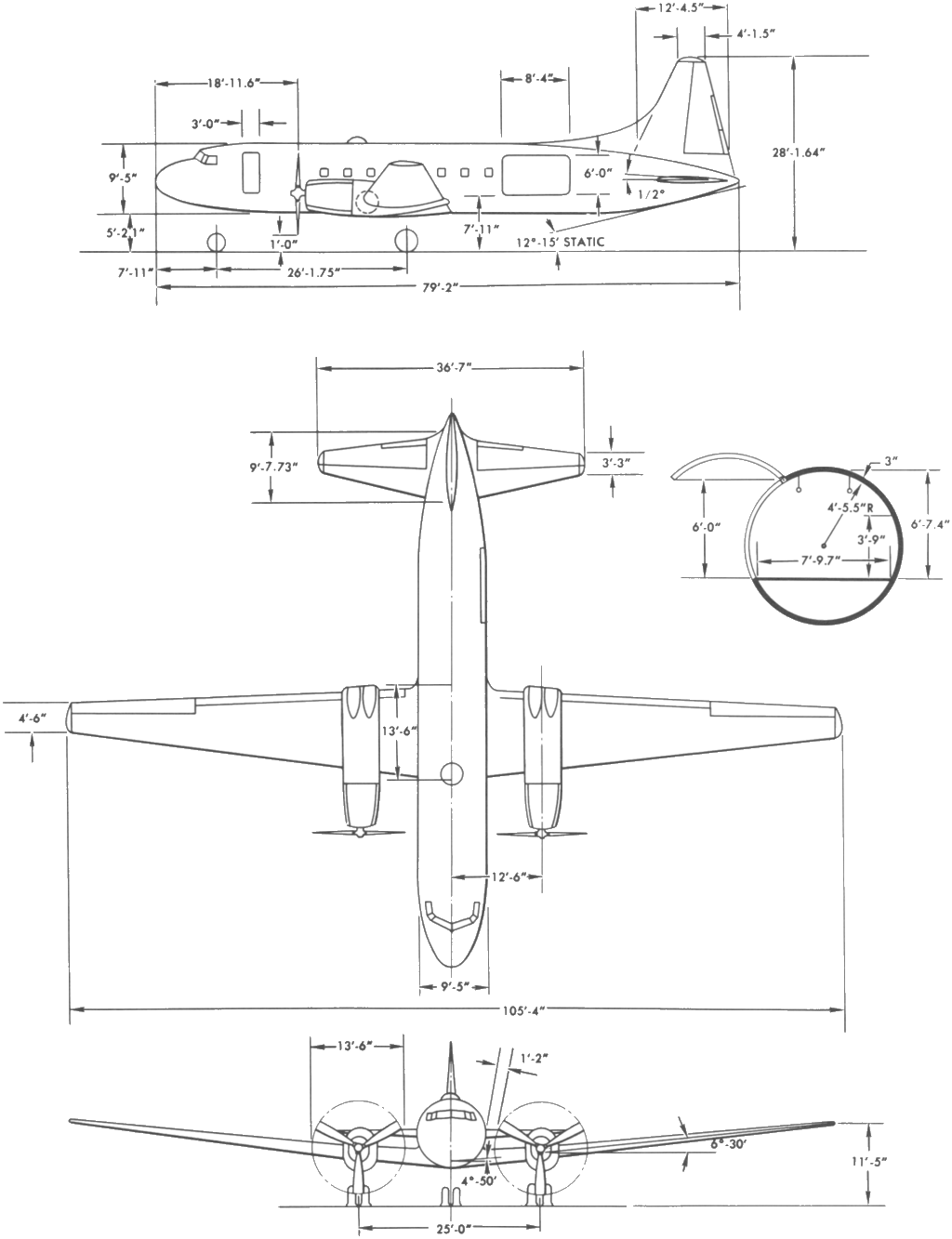
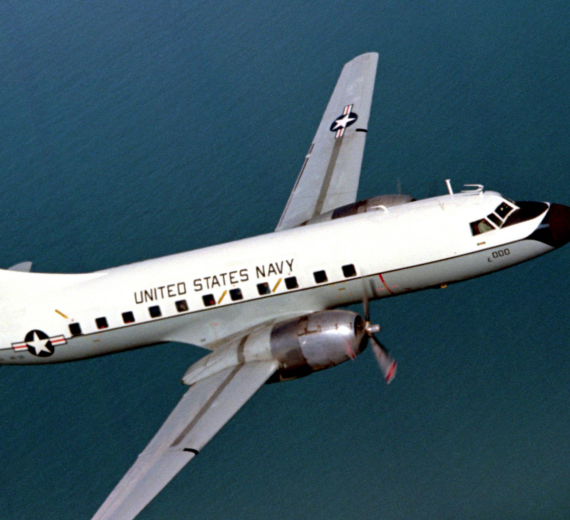

.png)


